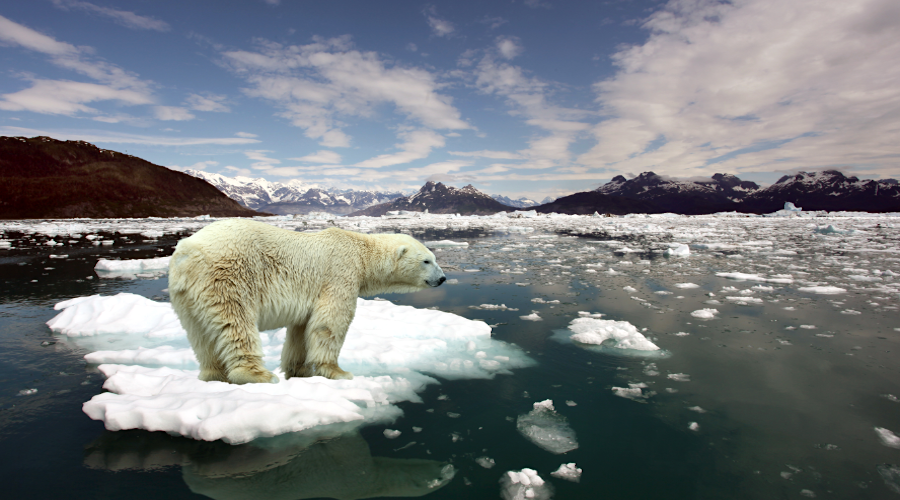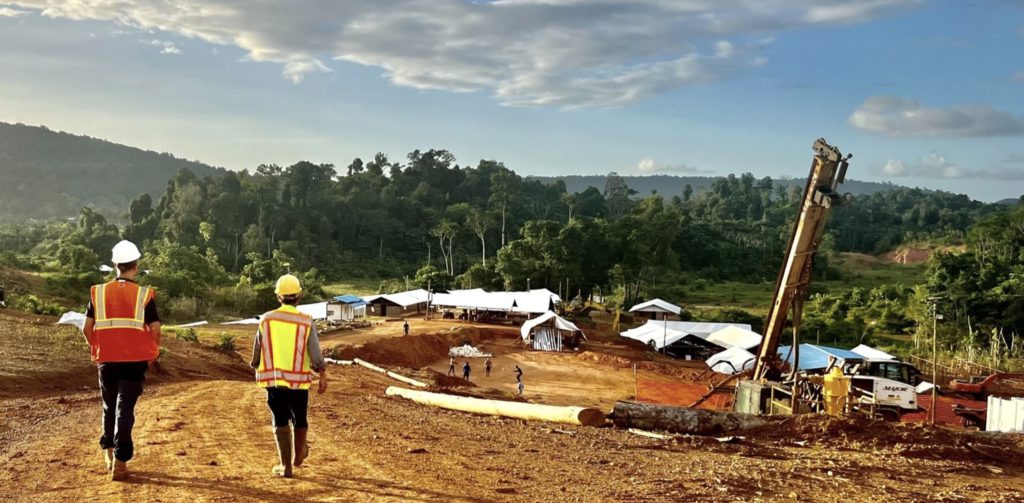
The document paved the way for the Paris climate agreement signed in 2015.
Two-week virtual meeting of IPCC scientists comes against a backdrop of climate change-triggered disasters unfolding around the world and the G20’s failure to reach phase-out coal deal.
Much has changed since and the sixth version of the report, to be published on August 9, is expected to be a “wake-up call” to governments.
The two-week virtual meeting of IPCC scientists comes against a backdrop of climate change-triggered disasters unfolding around the world, from flash floods in Europe, North America and Asia, to a surge of wildfires and heat waves in the US and Canada’s West Coasts.
It also follows the recent G20 meeting, in which 19 of the world’s richest countries and the European Union (EU) struggled to come up with the wording of key climate change commitments in their final communiqué.
Divisions
The environment ministers however, were unable to reach an agreement on phasing out coal, or removing subsidies for fossil fuels, because of opposition from Russia, China, India and Saudi Arabia.
Published on Sunday, a day and a half later than expected, the statement had ministers committing to strengthen their individual climate targets.
The G20 nations all agreed to try to limit global warming to 1.5°C since pre-industrial times, and said they would “accelerate actions to achieve this temperature limit” during the 2020s. previously, the warming limit had been set at 2°C.
G20 negotiations ended with split on phasing out coal and ending fossil fuel subsidies.
The present plans still fall far short of what would be needed to meet the goals of the Paris agreement, which aims to limit global warming to well below 2°C and ideally to 1.5°C, according to a UN report earlier this year.
A joint report published in February by more than 25 green groups, led by German non-profit Urgewald, showed the world’s two largest money managers have built a combined $170 billion investment portfolio in coal using money from people’s private savings and pension contributions
In a rather unexpected finding, the document concluded that commercial banks have been channelling more money to the coal industry than in 2016, the year after the Paris agreement was signed. Banks provided then $491bn through lending and underwriting to companies listed on the GCEL. By 2019, this amount had jumped to $543bn — an almost 11% increase.




